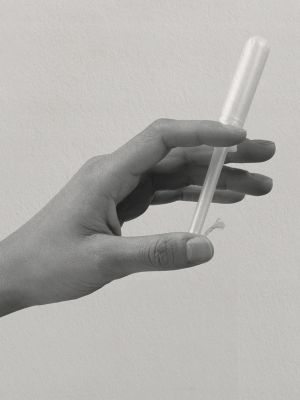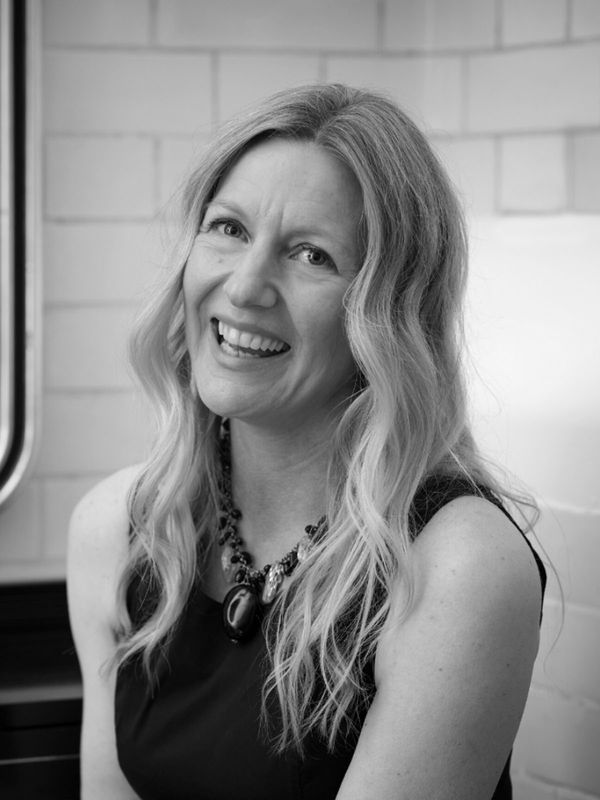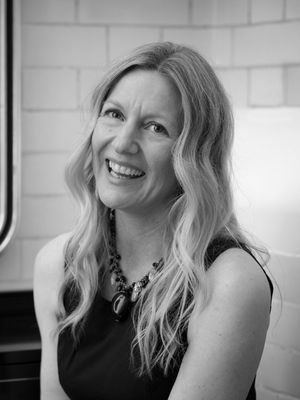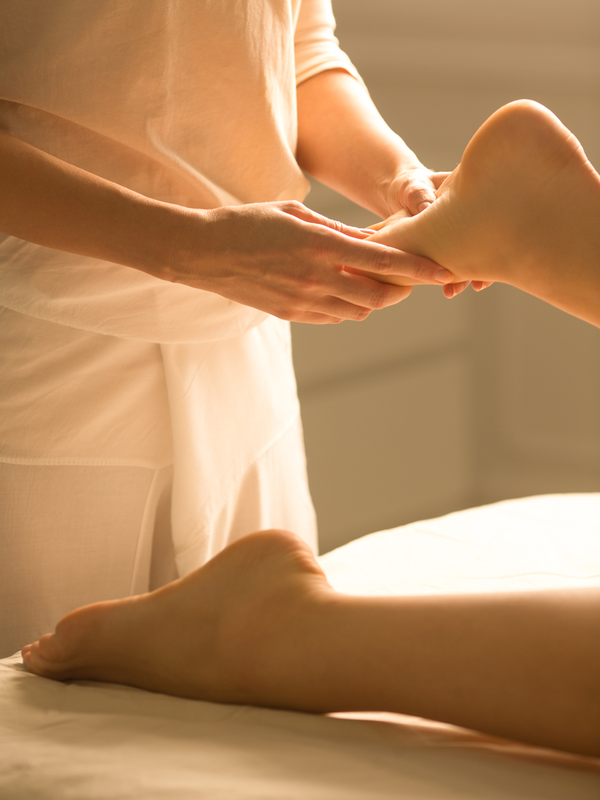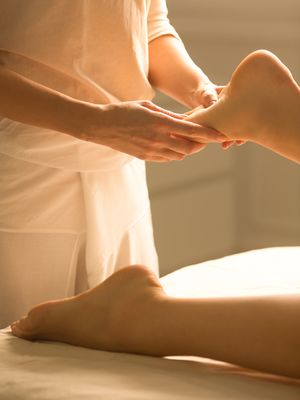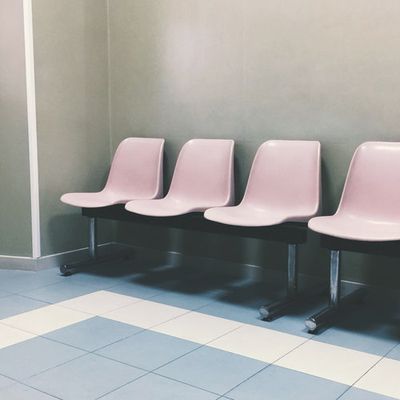
What It’s Really Like To Have Group Therapy On The NHS
1. There Will Be A Waiting List
Unless you’re in a position to pay for a private therapist, you’ll have to wait around three to six months to gain a place on an NHS-funded group course, and around six to nine months for one-on-one therapy. When you’re going through the process of being referred for therapy on the NHS, the doctor will more than likely recommend that you go for the group option: not only will you be seen quicker, but it’s cheaper for the NHS to treat similar patients together. This might seem scary at first – who really likes talking to a room full of strangers about anything, let alone their most personal feelings? – but trust me, this group interaction will become the most valuable part of your experience.
2. You’ll Have To Tell Your Boss
Unless you’re a freelancer, self-employed or do shift work, chances are you’re going to have to take a deep breath and talk to your HR department or line manager about taking time out of the office. While times and dates will vary depending on the centre and area, generally speaking each session will last two hours and take place in the week during normal working hours – mine was 2:30-4:30pm on a Wednesday. Given that the courses usually last nine weeks and you can’t miss a session, someone in the office is going to notice if you’re MIA. Need some tips to summon up the courage? Read our feature on how to do just that here.
3. The First Session Will Be Hard
If, like me, you’re headed into a group therapy session for people with low self-esteem, it’s likely your confidence is going to be at rock-bottom. I found that while I wasn’t overly apprehensive in the lead-up to the first day (on the contrary, I was quite excited as I felt like I was taking control of the situation), once I got into the room, I found I couldn’t speak for the entire session. Most other attendees were the same – eyes down, minimal answers – while our two therapists did the talking. But by the end of the two hours, people had started to warm up a little.
4. Some People Won’t Come Back
On session one, there were place settings laid out for 12 people. Only nine showed up. The following week, we were seven, and by the end of the nine weeks just six. According to our course leaders, this is normal, and one of the reasons why waiting lists are so lengthy. It’s understandable – the thought of making yourself vulnerable in a group situation is daunting enough without throwing anxiety into the mix, and the first few sessions can be difficult, but it does get easier week by week.
Note that if you miss two classes in a row, you won’t be able to come back as there will be too much to catch up on in your own time. You’ll then be put back on the waiting list, so think very carefully before bailing if it isn’t urgent.
5. A Lot Of The Clichés Are True
The room my course took place in was exactly as you’d expect – long corridors, a stark white space; empty except for a U-shape table, a giant flipchart and marker pens. For the first few weeks, we wore sticky-label name badges, like bagged meals ready for the freezer, until we’d learned each other’s names. On the plus side, at the end of each session, we were given a chocolate from an ever-dwindling box of Celebrations. Turns out, chocolate really does make you feel better.
6. You’ll Do A Lot Of Work In Pairs
What struck me, looking around the room on day one, was how different everyone was – there was a variety of ages, backgrounds, sexual orientations, careers and lifestyles, and the gender split was 50/50. Yet the similarities we found between us all over the following eight weeks were striking. Throughout the sessions you’ll do a lot of work in small groups, usually in pairs, before presenting your findings to the rest of room. For the first few weeks, most people find this uncomfortable. But as time goes on, trust is built and you’ll find that talking things out with someone you don’t know is actually very freeing.
7. You’ll Have Homework
The whiteboard, the coloured cardboard document wallet to stash your handouts, the cartoons on some of said handouts: sometimes it’ll feel as though you’re back at school. There will be homework, and you will experience that 15-year-old panic when you forget to do it. This out-of-hours consolidation will vary from week to week. Occasionally, it’ll just be to re-read some of that week’s materials. On others, you’ll have to fill out a diary. On some weeks, we were set individual tasks.
As someone who struggles with the way I look, I was challenged to go make-up free for a week. (And I did it – I’ve since only worn it for work and special occasions). An attendee who felt too shy to see their friends was encouraged to arrange a catch-up, while someone who hadn’t looked in the mirror for two years was told to try to do so for two minutes a day. One week your homework will simply be to treat yourself (I forgot, so ended up with a last-minute Halloween-themed Krispy Crème). The point of all this is that CBT only works if you practice the techniques you’re taught during the nine weeks – the course is merely laying the groundwork for ongoing self-practice and self-reflection.
8. The Last Session Will Probably Be Anticlimactic
After nine weeks of learning and practicing, it will feel a bit strange when you come to the end. There’s no final resolution or pass/fail, and you won’t have anything physical to show for all your hard work over the months. But, hopefully you’ll have found it beneficial and will have learned which techniques work for you when it comes to looking after your mental health.
From here on in, you’re on your own (aside from access to your GP and any mental health services, of course) to put your practice into action. After your course finishes, you have to wait three months before you’ll be able to come back in to meet you therapists for a one-off meeting to see how you’ve been getting on.
9. You’ll Learn More About Your Fellow Attendees From One Hour In The Pub Than 18 Hours In Therapy
The one thing that was mutually agreed as we – the final six – decamped to the nearest pub after our last session, was that we were all initially unconvinced that undergoing therapy as a group would be beneficial. Yet we all came out of the process feeling pleased that we had – everyone found each other’s shared experiences and encouragement beyond useful. And naturally, once most people had had a beer or two we really got to know each other, away from the confines of the structured course teachings.
Some people you meet in therapy could go on to become some of your closest confidants – after all, they probably know more about you that even some of your best friends and family members.
If you’re struggling with your mental health, and need support now, the folks at Mind are here to help. Visit Mind.org.uk
DISCLAIMER: We endeavour to always credit the correct original source of every image we use. If you think a credit may be incorrect, please contact us at info@sheerluxe.com.



